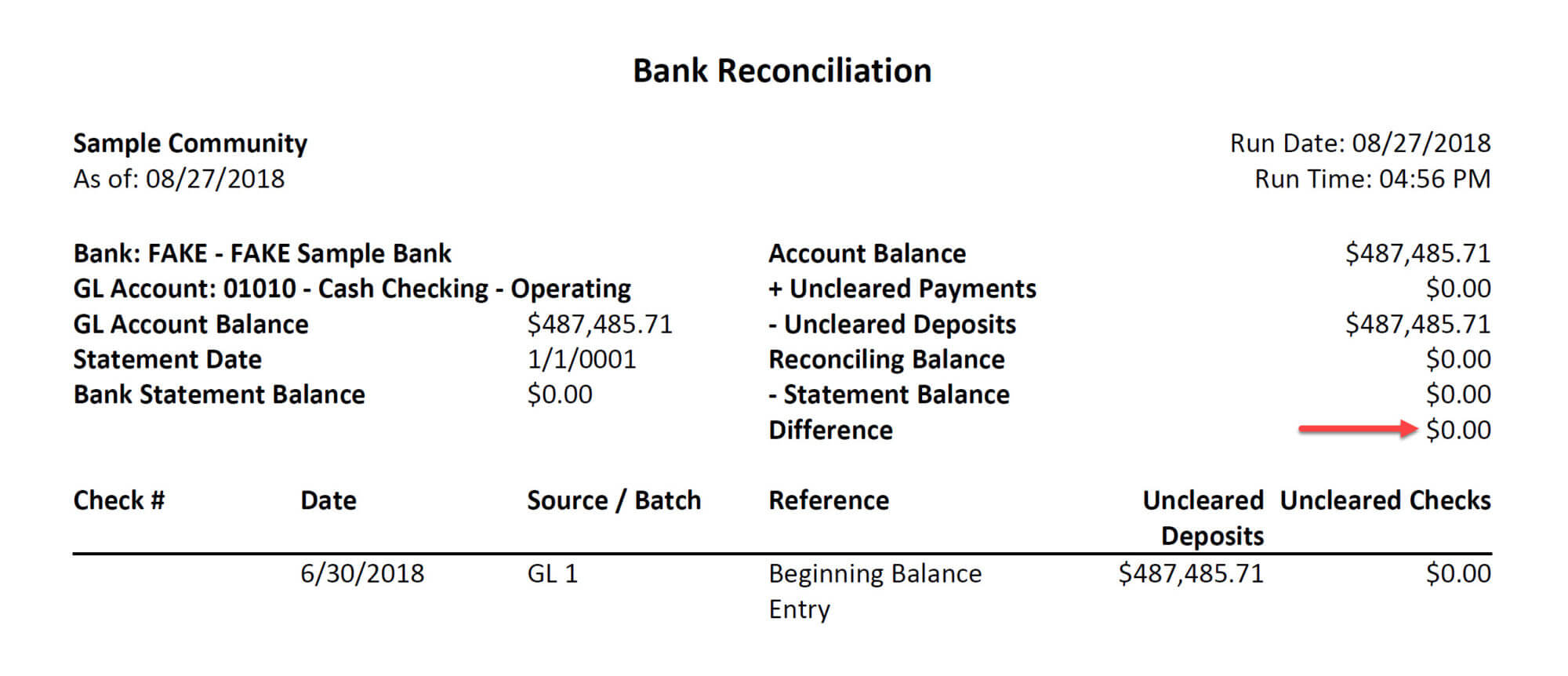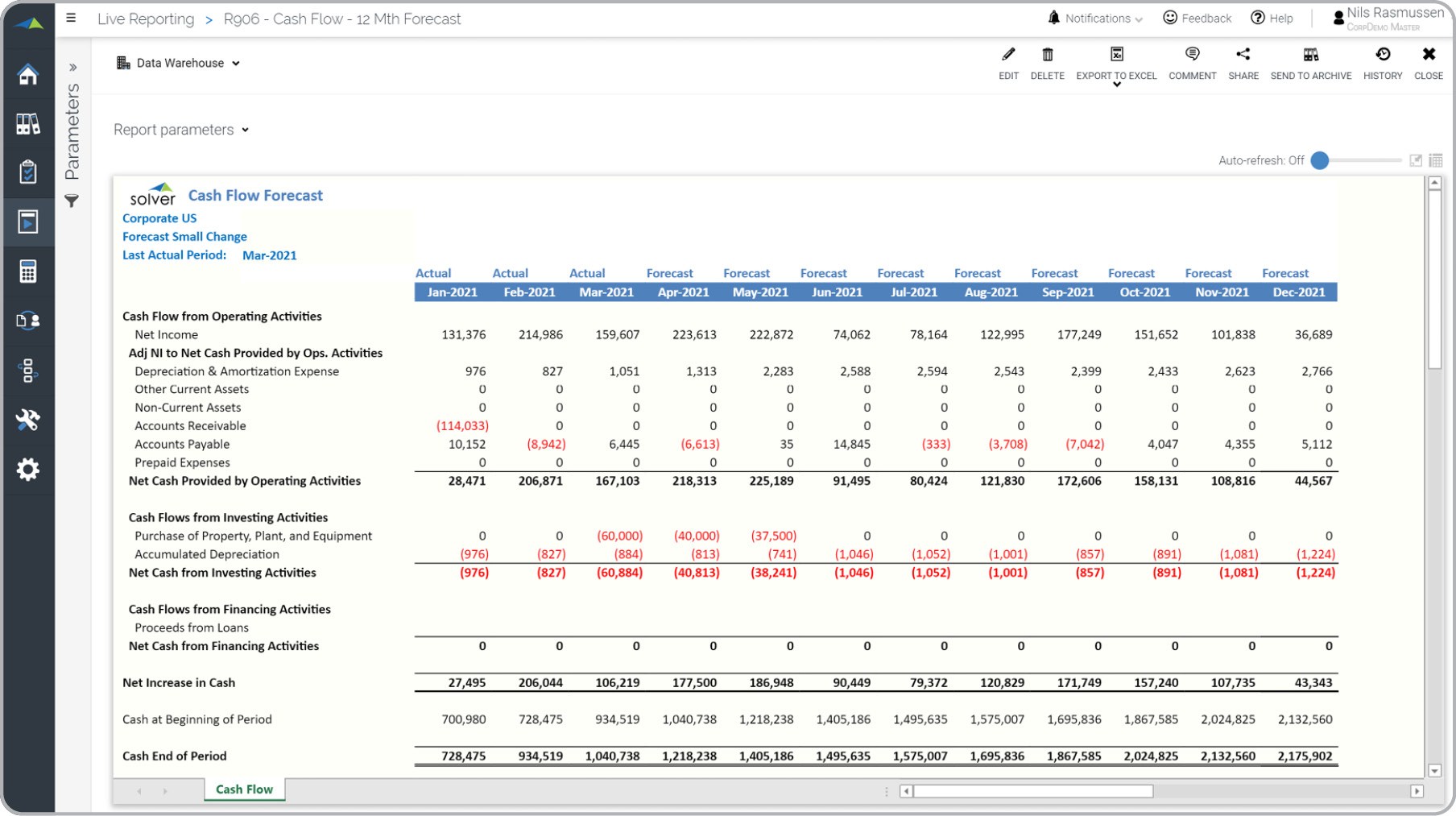

Finance
How To Cite Financial Statements In APA
Published: December 23, 2023
Learn how to cite financial statements in APA style to ensure accurate and professional referencing. Enhance your finance writing with proper citation techniques.
(Many of the links in this article redirect to a specific reviewed product. Your purchase of these products through affiliate links helps to generate commission for LiveWell, at no extra cost. Learn more)
Table of Contents
Introduction
Welcome to this guide on how to cite financial statements in APA style. When writing research papers or conducting academic studies in the field of finance, it is essential to properly cite the sources of information used, including financial statements. APA (American Psychological Association) is a widely used style in the academic community, providing guidelines for citing various sources. While APA style is commonly associated with the social sciences, it offers suitable guidance for citing financial information as well.
In this article, we will provide an overview of APA style and its principles, specifically focusing on how to cite financial statements. We will discuss the use of in-text citations and parenthetical citations along with guidelines for the references page. By the end of this guide, you will have a clear understanding of how to appropriately cite financial statements in your academic work.
Proper citation ensures that credit is given to the original authors or sources and supports the transparency and credibility of the research. It allows readers to locate and verify the information used and helps to avoid plagiarism, which is a serious academic offense. With the ever-increasing availability of financial information online, knowing how to cite financial statements becomes even more important.
While citing financial statements may seem like a challenging task, by following the APA guidelines, you can effectively reference this type of information in your academic writing. So, let’s delve into the world of APA style and discover how to cite financial statements accurately.
Overview of APA Style
APA style, developed by the American Psychological Association, is widely used in the academic and scientific communities for writing research papers, articles, theses, and dissertations. It provides a set of guidelines for formatting and citing sources to ensure consistency, clarity, and credibility in scholarly writing. Understanding the basic principles of APA style is essential for effectively citing financial statements and other sources in your academic work.
Here are some key aspects of APA style to keep in mind:
- Title Page: The title page includes the title of your paper, your name, your university or institution, and an author note (if applicable). It should also include a running head, which is a shortened version of the title, and a page number.
- Headings and Subheadings: APA style uses a hierarchical system of headings and subheadings to clearly organize and structure your paper. Headings should be formatted in bold and centered, while subheadings should be formatted in bold and aligned to the left.
- In-text Citations: In-text citations are used to give credit to the original source of an idea, concept, or quote that you have used in your paper. They help readers locate the full reference in the References page. In APA style, in-text citations include the author’s last name and the publication date, e.g., (Smith, 2022).
- References Page: The References page is a separate page at the end of your paper that lists all the sources you have cited in your work. The entries should be arranged alphabetically by the author’s last name. Each entry should include the author’s name, the publication date, the title of the source, and publication information.
It is important to note that APA style provides specific guidelines for citing different types of sources, including books, journal articles, websites, and more. When citing financial statements, these guidelines should be followed to ensure accurate and consistent citations.
Now that we have a brief understanding of APA style, let’s explore how to cite financial statements in accordance with these guidelines.
Citing Financial Statements
When citing financial statements in APA style, it is essential to provide enough information for the reader to locate the original source. Financial statements typically refer to documents that summarize the financial activities and performance of a company, such as balance sheets, income statements, cash flow statements, and annual reports.
Here are some important guidelines to follow when citing financial statements:
- Identify the Type of Financial Statement: Start by identifying the specific type of financial statement you are citing, such as a balance sheet or income statement. This will help provide clarity and context to the reader.
- Include the Company Name and Date: Include the name of the company whose financial statement you are citing, as well as the date the statement was published or accessed. This helps to specify the source of the information and allows readers to verify the data.
- Specify the Format: Indicate the format of the financial statement, such as PDF, Excel, or HTML. This is especially important when citing online versions of financial statements.
- Provide the URL (if applicable): If you are citing an online financial statement, include the URL of the webpage where the statement can be accessed. Make sure to use the full and direct URL to ensure accuracy.
- Consider Including Page Numbers: If the financial statement is part of a larger document or report, such as an annual report, you may want to include the page numbers where the statement can be found.
Remember to use appropriate punctuation and formatting, such as italics or quotation marks, when citing financial statements. The goal is to provide clear and accurate information to the reader while following the guidelines of APA style.
Now let’s explore how to incorporate these guidelines into in-text citations and parenthetical citations.
In-text Citations
In-text citations are used to acknowledge the source of information directly within the body of your paper. When citing financial statements in APA style, you can use in-text citations to indicate where you obtained the data or information.
Here is how to create an in-text citation for a financial statement:
- Single Author: If a financial statement has a single author, include the author’s last name and the publication date in parentheses. For example: (Smith, 2021).
- Multiple Authors: If a financial statement has multiple authors, include the last names of all the authors separated by commas, and the publication date in parentheses. For example: (Smith, Johnson, & Lee, 2021).
- No Author: If a financial statement does not have a specified author, you can use the name of the company or organization as the author in the citation. For example: (Apple Inc., 2021).
- Corporate Author: In the case of financial statements published by a corporate author, such as a government agency or a financial institution, use the full name of the organization as the author in the citation. For example: (Securities and Exchange Commission, 2021).
In-text citations should be placed immediately after the information or data borrowed from the financial statement. They can appear within the sentence or at the end, depending on the flow and context of your writing.
It is important to note that in-text citations are brief references to the source and should not include extensive details. The full citation for the financial statement should be present in the References page at the end of your paper.
Now that we have covered in-text citations, let’s explore parenthetical citations and how they can be used in conjunction with financial statement citations.
Parenthetical Citations
Parenthetical citations provide a concise way to cite financial statements within the text of your paper, while also directing readers to the full citation in the References page. These citations are placed within parentheses and typically include the author’s last name and the publication year of the financial statement.
Here’s how to create a parenthetical citation for a financial statement:
- Single Author: When citing a financial statement authored by a single individual, include the author’s last name and the publication year in parentheses. For example: (Smith, 2021).
- Multiple Authors: If a financial statement has multiple authors, include the last names of all the authors separated by commas, followed by the publication year in parentheses. For example: (Smith, Johnson, & Lee, 2021).
- No Author: If a financial statement does not have a specified author, you can use the name of the company or organization as the author in the citation. For example: (Apple Inc., 2021).
- Corporate Author: In the case of financial statements published by a corporate author, use the full name of the organization as the author in the citation, followed by the publication year in parentheses. For example: (Securities and Exchange Commission, 2021).
It is important to place the parenthetical citation immediately after the information or data borrowed from the financial statement. The citation should appear at the end of the sentence or clause, before the punctuation mark.
Parenthetical citations help to provide brief attribution to the source within your paper, allowing readers to easily locate the full citation in the References page. Remember that the complete citation, including the author’s name, publication year, title of the financial statement, and additional publication information, should be included in the References page.
Now that we have covered parenthetical citations, let’s move on to the final section, which discusses the formatting of financial statement citations in the References page.
References Page
The References page is an essential component of APA style that provides a comprehensive list of all the sources cited within your paper, including financial statements. This page allows readers to locate and verify the sources you have used in your research.
Here’s how to format financial statement citations in the References page:
- Author(s): Start the citation with the last name and initials of the author(s) of the financial statement. If there is no specific author, use the name of the company or organization as the author.
- Publication Year: After the author(s) name, include the publication year of the financial statement in parentheses.
- Title: Include the title of the financial statement in sentence case. Capitalize the first word and any proper nouns, but use lowercase for all other words.
- Publication Information: Provide additional publication details, such as the name of the company or organization responsible for the financial statement, the format of the statement (e.g., PDF), and the URL (if applicable).
Remember to alphabetize the citations on the References page by the last name of the first author. Use hanging indentation, where the first line is flush with the left margin and subsequent lines are indented.
Here’s an example of how a citation for a financial statement might look on the References page:
Smith, J. (2021). Balance Sheet Analysis: A Comprehensive Guide. XYZ Corporation. Retrieved from http://www.exampleurl.com
It is important to follow the specific formatting and punctuation guidelines provided by APA style for financial statement citations. This ensures consistency and accuracy in your references page.
By properly formatting financial statement citations on the References page, you provide readers with the necessary information to locate and verify the original sources you have used in your research.
Now that we have covered the essentials of creating citations for financial statements, let’s move on to some example citations to further illustrate these guidelines.
Example Citations
Here are some example citations for different types of financial statements, demonstrating how to apply APA style guidelines:
- Balance Sheet:
- Income Statement:
- Cash Flow Statement:
- Annual Report:
- Government Financial Report:
Smith, J. (2021). Balance Sheet Analysis: A Comprehensive Guide. XYZ Corporation. Retrieved from http://www.exampleurl.com
Johnson, A. & Lee, S. (2021). Understanding Income Statements: An In-depth Analysis. Acme Corporation. Retrieved from http://www.exampleurl.com
Financial Insights Ltd. (2021). Cash Flow Statement: A Practical Approach. Retrieved from http://www.exampleurl.com
Apple Inc. (2021). Annual Report 2020: Delivering Innovation. Retrieved from http://www.exampleurl.com
Securities and Exchange Commission. (2021). U.S. Government Financial Report: Fiscal Year 2020. Retrieved from http://www.exampleurl.com
These example citations demonstrate the format for citing financial statements, including the author’s name (or company name), the year of publication, the title of the financial statement, and the relevant publication information. Remember to adjust the format based on the specific financial statement you are citing.
It is essential to provide accurate and complete citations for financial statements to ensure proper attribution and allow readers to assess the credibility of the information you have used in your research.
Now that we have explored example citations, let’s conclude this guide on citing financial statements in APA style.
Conclusion
In conclusion, properly citing financial statements is essential when conducting research or writing academic papers in the field of finance. APA style provides guidelines for accurately and consistently citing various sources, including financial statements. By following these guidelines, you can give credit to the original authors, enhance the credibility of your work, and allow readers to verify the information you have used in your research.
In this article, we discussed the importance of APA style and its application in citing financial statements. We explored the use of in-text citations and parenthetical citations to acknowledge the source within the text of your paper. We also covered the formatting requirements for financial statement citations on the References page, ensuring that readers can easily locate and access the original sources.
Remember, when citing financial statements, provide the necessary details such as the author’s name (or company name), publication year, title of the financial statement, and any relevant publication information. Additionally, be mindful of the specific formatting and punctuation requirements outlined in APA style.
By mastering the art of citing financial statements in APA style, you demonstrate your commitment to academic integrity and enrich the overall quality of your research. Proper citation not only supports your arguments but also enables others to replicate or build upon your work in the future.
As you embark on your academic or professional journey in finance, continue to embrace the principles of APA style and adhere to the guidelines for citing financial statements. Doing so will enhance the credibility of your work and contribute to the advancement of knowledge in the field.
Happy citing!














